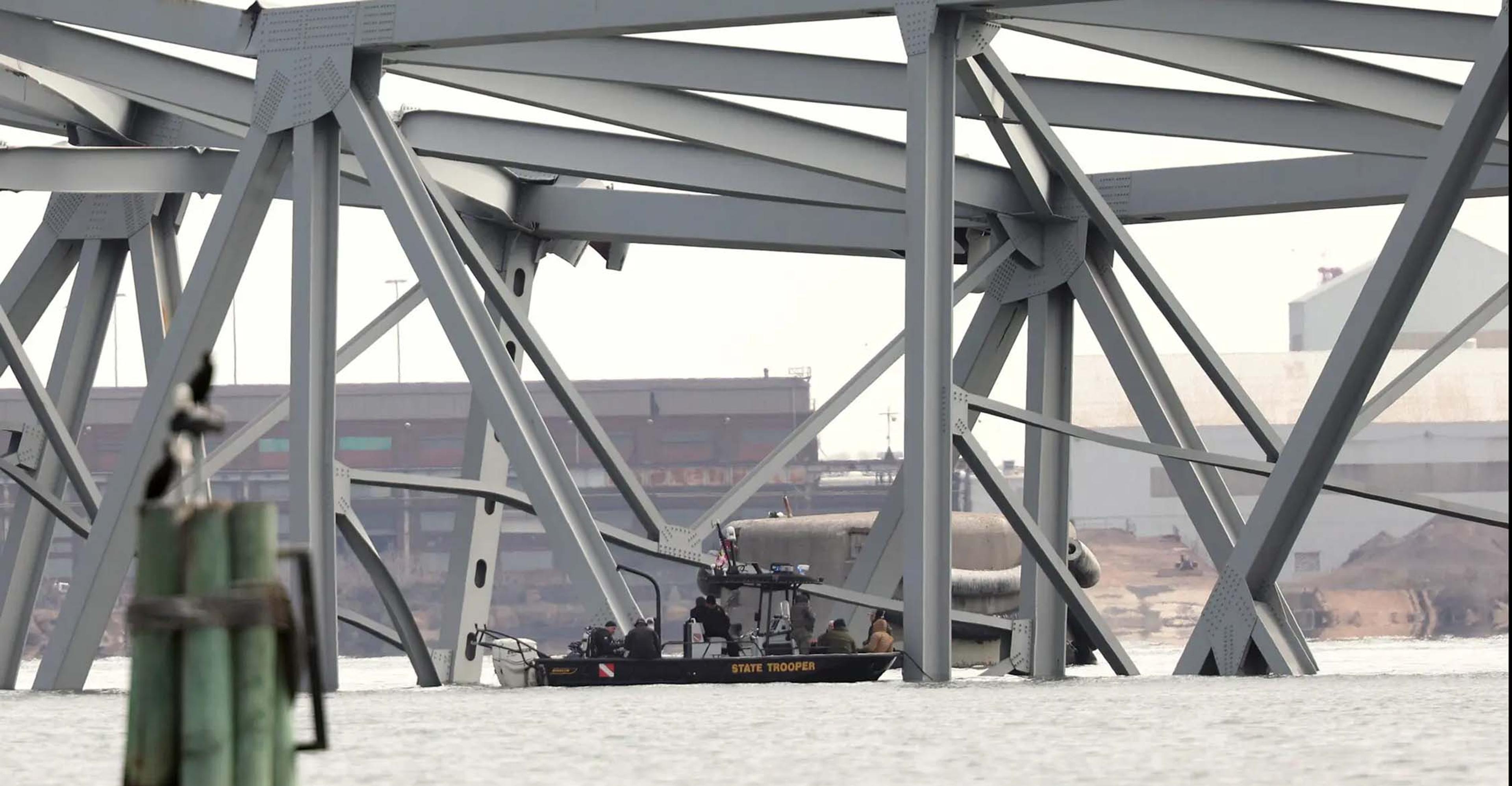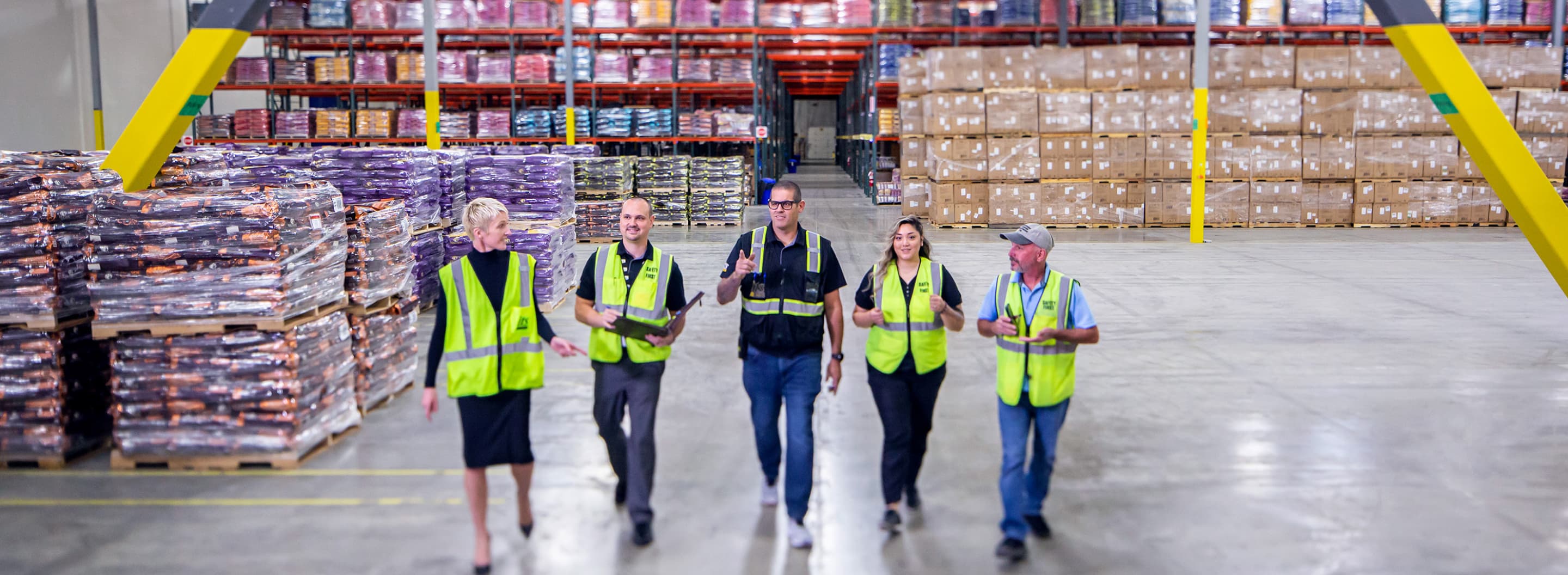IN THE NEWS: Coast Guard Ends Search for 6 Missing in Bridge Disaster

FROM THE ARTICLE: A few minutes before the cargo ship Dali crashed into the Francis Scott Key Bridge early Tuesday, the vessel had a “complete blackout” that knocked out power to the engine and navigation equipment, an industry official said.
The official, Clay Diamond, the executive director of the American Pilots Association, said Tuesday that he had been speaking regularly with the Association of Maryland Pilots and that the cause of the system failure was unclear. Though the ship’s backup generators had kicked on, restoring some power, the propulsion system remained offline.
As the vessel lost power, Mr. Diamond said, the pilot in command of the vessel ordered that the ship be turned as much as possible to the left and that the port anchor be dropped to try to halt or slow the vessel’s drift toward the bridge. Mr. Diamond said that the pilot’s order protected people on the bridge who could have been affected by a collision.
“As soon as he lost power, he realized what could happen,” Mr. Diamond said. “He immediately asked that the bridge be closed to traffic.”
Mr. Diamond said that the pilot in command of the ship had more than 10 years of experience in the job. An apprentice training to be a pilot was also onboard.
Before the failure, the ship had been following standard practices for vessels leaving Baltimore’s harbor.
About an hour before the collision, according to vessel-tracking data from the maritime data platform Marine Traffic, tugboats began guiding the Dali from its berth and then helped it turn southward toward the bridge. As the ship began moving on its course, the tugboats departed, leaving the Dali to continue on its own, as is common practice in the port.
East Coast ports are expected to handle the traffic diverted from Baltimore, but trucking companies that transport goods out of the ports could struggle with the extra loads, according to logistics experts. “It’s going to cause a lot of chaos,” said Paul Brashier, vice president for drayage and intermodal at ITS Logistics.



